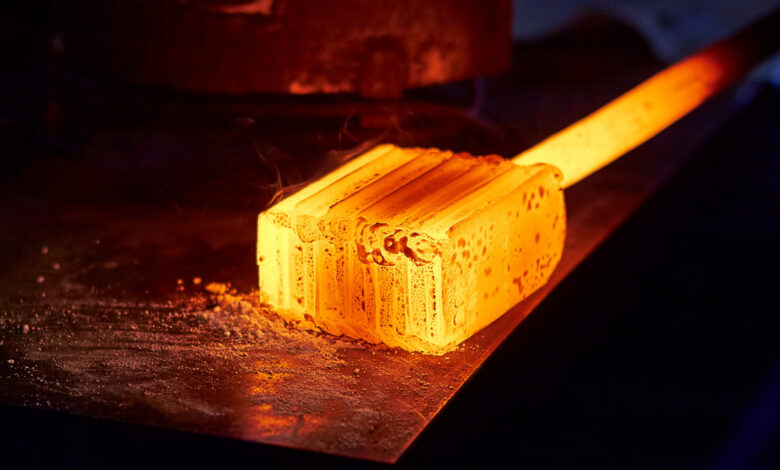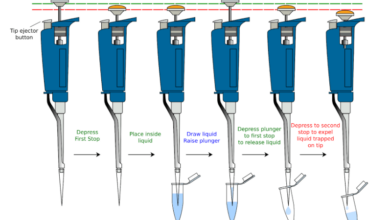What are the Differences between Carbon Steel Forging and Aluminium Forging

Because the automotive industry needs many complicated shapes, the Carbon steel forging process, either hot or cold forging, has helped them a lot. Some parts that the auto industry uses that were made by forging are engine parts, steering parts, automatic and manual transmission systems, and so on.
Most car parts are made of steel or aluminium that has been forged. When it comes to making cars, steel has always been king. The forged steel is strong, and it gets even more vital when you forge it. But forged steel is heavy and tends to rust when chemicals from the road touch it. In recent years, there has been a push to make vehicles lighter and ensure that road chemicals don’t cause equipment to rust. As a potential solution, aluminium forging should be used more frequently.
What are carbon steel forgings?
Carbon steel forgings are produced from one of the four different steel grades. It is just steel that has been mixed with varying quantities of carbon. The part in medium-carbon steel is between .54 and .29%, while the amount of carbon in low-carbon steel is between .25 and .05%.
“High” carbon steel is steel with the highest amount of carbon. High-carbon steel is made to withstand a lot of force and pressure. It has between 0.55 and 0.95% carbon. The American Iron and Steel Institute (AISI) has made a system that uses four-digit names to classify different types of steel. These numbers show how the carbon steel forging is graded and how much carbon is in it.
What is Aluminium Forging?
Aluminium forging, which means to shape metal by bending it, uses many tools and methods. To understand forging design, you need to know about the different forging operations and how they affect metal flow. Usually, aluminium forging companies shape the parts they make with a hammer or a press.
Why Use Forged Carbon Steel
Carbon steel forgings are one of the most robust and most reliable types of steel. They also have many other benefits, such as:
- Connections that Don’t Leak: This is because of special forging techniques and strict quality control standards
- They are Versatile: Many sizes and shapes are available, like elbows, unions, plugs, bushings, tees, and couplings.
- Durability: Carbon steel forgings are much more reliable and robust than steel plates and castings.
- Affordability: Carbon steel is an affordable choice for various structural applications.
- Better Resistance: It is tough/strong at high and low temperatures and doesn’t wear down or corrode easily.
- Lightweight: Mild steel is light and easy to shape, so it can be used to make even the most complicated industrial shapes.
Why Use Forged Aluminium?
Metal component makers can benefit from forging aluminium and aluminium alloys. The process doesn’t make it hard for companies to shape and cut aluminium products easily.
So, forged aluminium alloys can be cut into shapes that are very complicated or fancy.
When forged, aluminium alloys have some mechanical properties similar to steel, and aluminium is more potent per unit of weight than steel. Also, when aluminium is forged, the surface can have a variety of finishes, from very smooth to reasonably sharp.
Aluminium forgings are usually inexpensive and look good. They give designers a lot of design freedom, and the outside of forged aluminium often doesn’t need a lot of polishing.
Conclusion
So, we can say that forged steel is strong and has a low cost of production, while forged aluminium is light and has good corrosion resistance.




